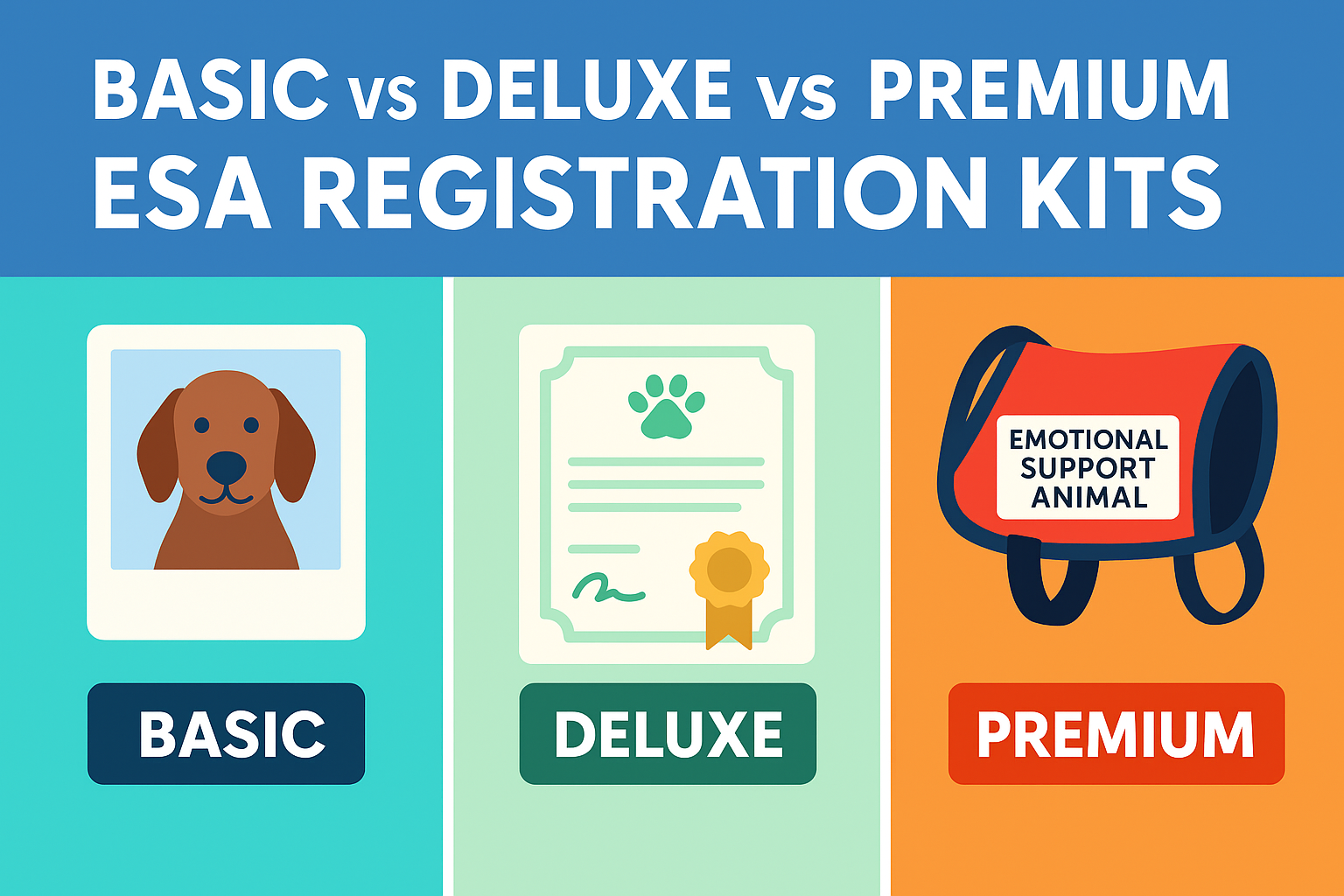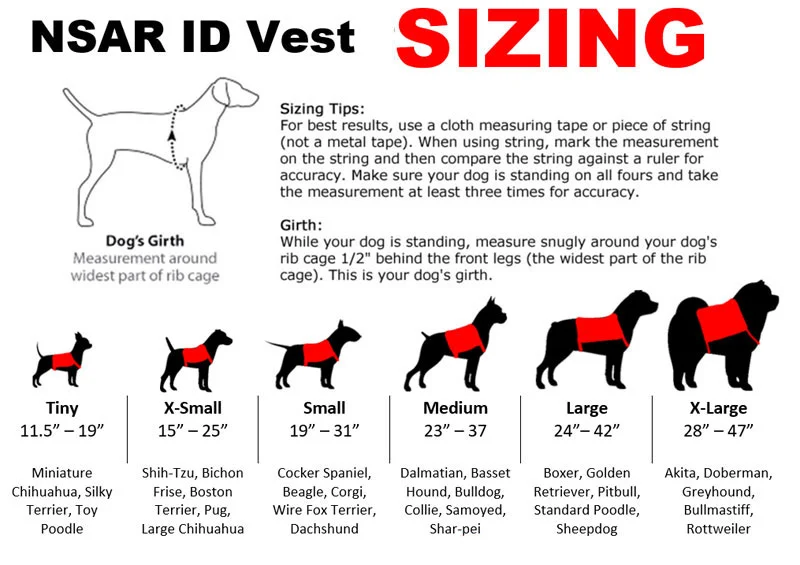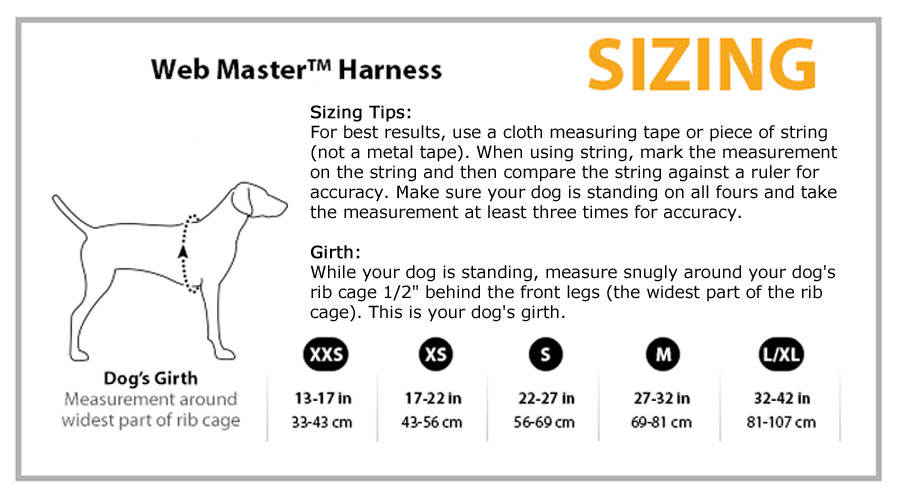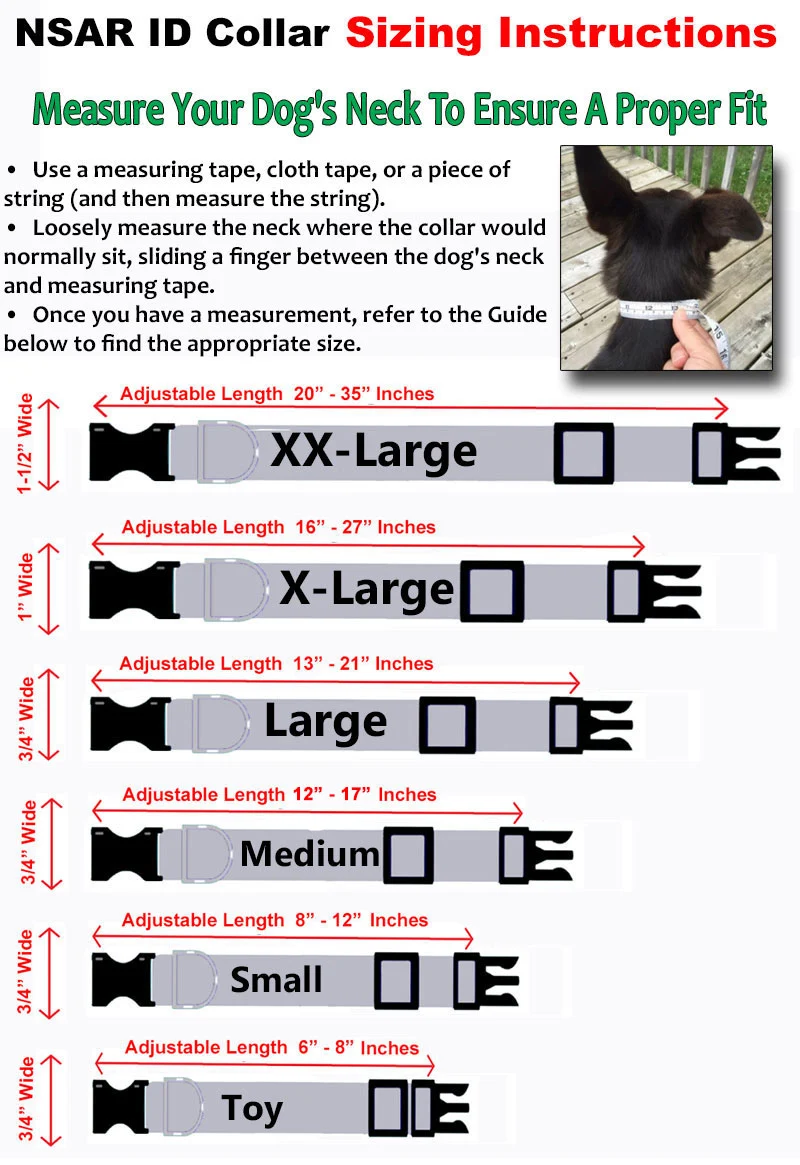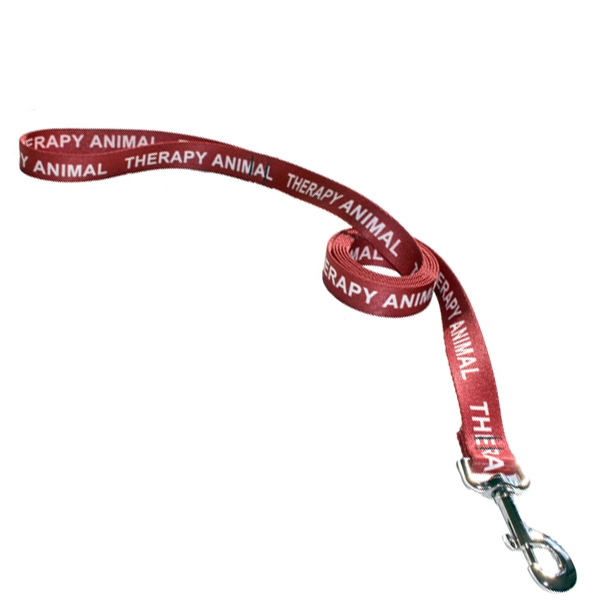Top 10 Tips for ESA Owners Living in Apartments

Living in an apartment with an Emotional Support Animal (ESA) can be a rewarding but sometimes challenging experience. While ESAs provide crucial emotional and mental health benefits, apartment living requires special considerations for housing regulations, pet-friendly environments, and daily care.
In this comprehensive guide, we’ll cover everything you need to know about keeping an ESA in an apartment, including legal rights, practical living tips, and strategies to ensure a smooth experience for both you and your furry companion.
1. Understand Your ESA’s Legal Rights
As an ESA owner, it’s crucial to know your legal protections. Under the Fair Housing Act (FHA), landlords cannot discriminate against tenants with ESAs, even in “no-pet” housing. Unlike service animals, ESAs are not granted public access rights under the Americans with Disabilities Act (ADA), but they do have housing protections.
Key Points:
- Landlords cannot charge pet fees for ESAs.
- You must provide a valid ESA letter from a licensed mental health professional.
- Landlords can only ask for documentation but cannot request details about your diagnosis.
2. Get a Legitimate ESA Letter
A valid ESA letter is your proof of entitlement to reasonable accommodations. Be sure to obtain one from a licensed mental health professional (LMHP) to avoid issues with landlords.
How to Get One:
- Schedule an appointment with a qualified therapist.
- Ensure your letter includes the LMHP’s license number, date, and official letterhead.
- Avoid online scams offering instant ESA letters without a consultation.
3. Communicate Clearly with Your Landlord
When moving into an apartment or notifying your landlord about an ESA, clear and professional communication is key.
Tips:
- Present your ESA letter politely and in writing.
- Offer to discuss any landlord concerns.
- Be aware that landlords can only deny ESAs in very limited circumstances, such as if the animal poses a direct threat.
4. Choose an ESA-Friendly Apartment
Not all apartments are ESA-friendly, even if they must legally accommodate them. It’s best to find a residence that welcomes animals to avoid unnecessary disputes.
What to Look For:
- Pet-friendly policies (even though ESAs are not pets, these landlords may be more understanding).
- Proximity to green spaces or dog parks.
- Soundproofing to reduce noise complaints.
5. Keep Noise Levels Low
One of the biggest complaints from neighbors about animals in apartments is excessive noise. Even well-trained ESAs may bark, meow, or exhibit other loud behaviors.
Solutions:
- Provide plenty of mental and physical stimulation.
- Train your ESA with positive reinforcement.
- Use white noise machines or calming music when leaving them alone.
6. Maintain Cleanliness and Hygiene
Apartments can feel cramped if not kept clean, and some landlords may raise concerns about odors or damage.
Best Practices:
- Groom your ESA regularly to reduce shedding and dander.
- Clean litter boxes, cages, or bedding frequently.
- Invest in odor-neutralizing sprays and air purifiers.
7. Provide Enough Exercise and Mental Stimulation
ESAs, like all animals, need exercise and stimulation to stay happy and prevent destructive behaviors.
Ideas:
- Indoor play: Puzzle toys, treat-dispensing balls, and interactive games. – Awesome Dog Toys
- Outdoor exercise: Walks in nearby parks or designated pet areas.
- Training activities: Teaching new commands and tricks keeps them engaged.

8. Be Courteous to Neighbors
Living in close quarters means being mindful of how your ESA affects those around you.
How to Be a Good Neighbor:
- Introduce your ESA to nearby residents to ease concerns.
- Pick up after your pet in shared spaces.
- Keep your ESA on a leash or in a carrier in common areas.
9. Know How to Handle ESA-Related Complaints
Even if you follow the rules, you might still encounter complaints from neighbors or misunderstandings with landlords.
How to Handle It:
- Stay calm and professional.
- Refer to your legal rights under the FHA.
- Offer reasonable solutions, like adjusting walk times or using noise-reducing methods.
10. Stay Up-to-Date with ESA Laws and Policies
Housing laws regarding ESAs can evolve, so staying informed is essential.
How to Stay Informed:
- Follow updates from HUD (U.S. Department of Housing and Urban Development).
- Join ESA owner support groups online.
- Consult with your mental health provider if your housing rights are challenged.
FAQs
Q: Can my landlord deny my ESA?
A: Only under limited circumstances, such as if the ESA poses a health or safety risk.
Q: Can an ESA be any type of animal?
A: Yes, but dogs and cats are most common. Exotic animals may be harder to accommodate.
Q: Can I have more than one ESA in an apartment?
A: Yes, but you must provide documentation supporting each ESA’s necessity.
Conclusion
Living in an apartment with an ESA is entirely possible with the right knowledge and preparation. By understanding your rights, choosing the right environment, and being a responsible pet owner, you can create a comfortable home for both you and your ESA.
Looking for professional assistance in obtaining a legitimate ESA letter? Contact our team today for expert guidance and support!









